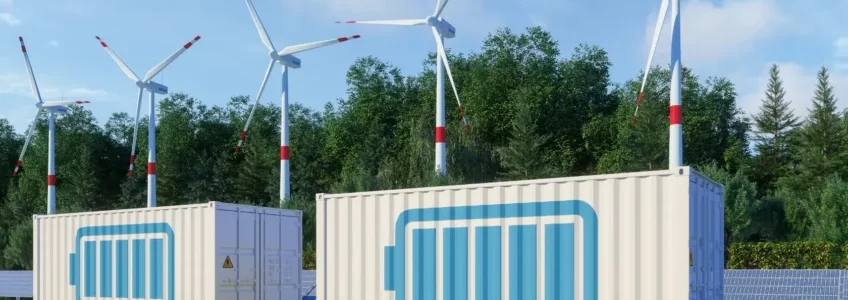Unveiling the Future with CATL’s TENER Energy Storage System
The introduction of CATL’s TENER energy storage system represents a significant breakthrough in the world of energy storage. This innovative technology promises a lifespan of 20 years with zero degradation in the first five years, a feat that aligns perfectly with the global shift towards sustainable energy solutions. This article takes a closer look at the core aspects of the TENER energy storage system, exploring its potential to revolutionise the energy storage market.











Recent Comments